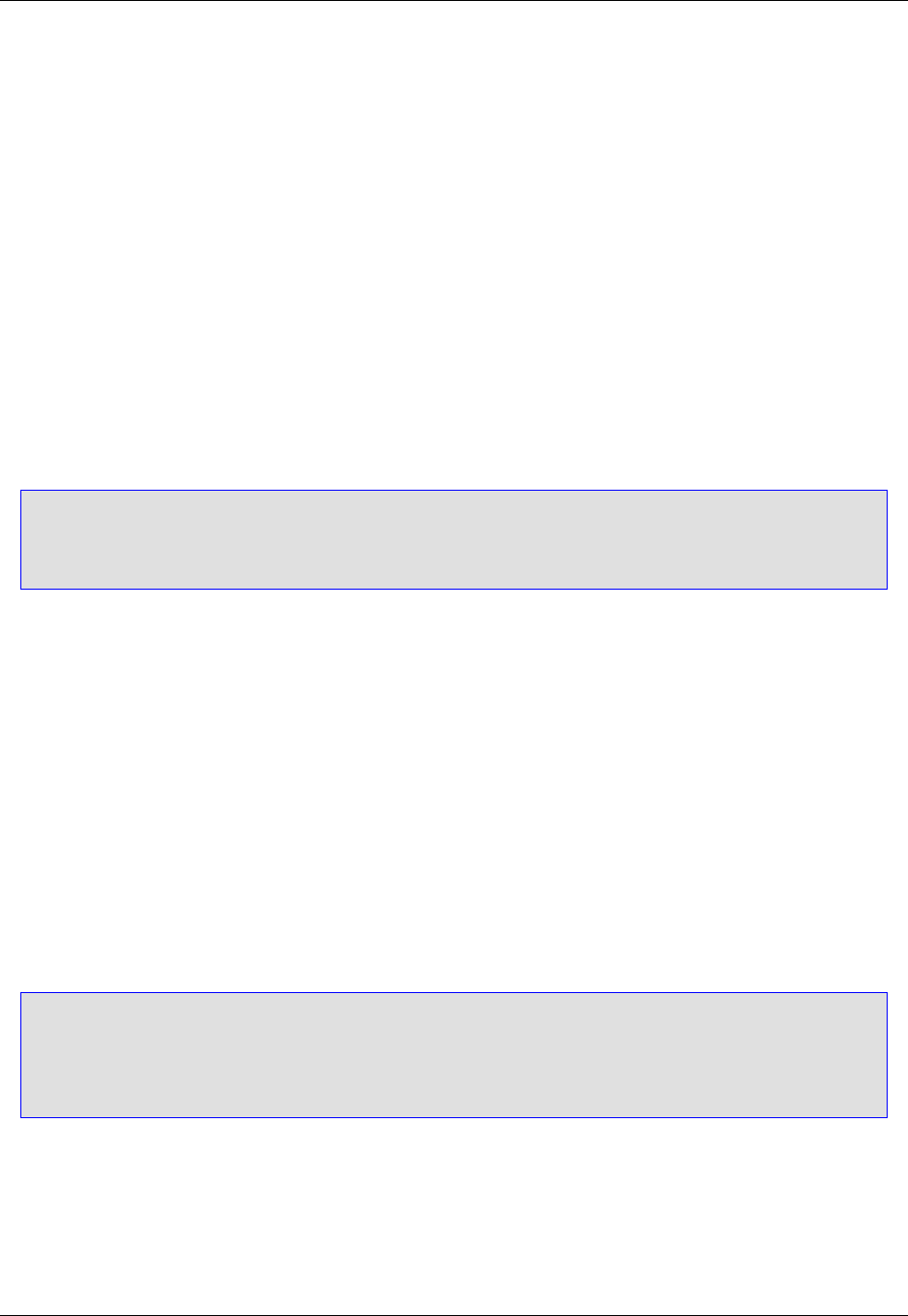
formatted in your code. The following are examples:
<div>
Sample text of a tag set to (block) style.
</div>
<h1>Sample text of a tag set to (semi-block) style. Notice how wrapping
occurs within this tag.</h1>
Adding and Deleting Tags
To add individual tags to a selected scheme, right-click in the Tags column and select New Tag. Type the
name of the tag without angle brackets or attributes. Click OK and the new tag is now listed in the Tags
column.
Note
Tag names cannot have spaces. If you create a new tag with spaces, SlickEdit® converts the
spaces to underscores in the dialog.
To add all of the tags from the current file to a selected scheme, right-click in the Tags column and select
Add Tags from Current File.
To remove a tag from a selected scheme, right-click on the tag and select Delete Tag. Deleting SlickEdit
Core (default) tags, or any tag that is based on another, is not recommended. If you attempt to do this,
you will be prompted whether to continue.
Formatting Settings
The tabs on the XML/HTML Formatting dialog contain settings that control how your text is formatted
when XML/HTML Formatting is enabled. The following sections describe the tabs and how each setting
works. Before configuring settings, be sure the scheme and tag(s) that you want to affect are selected.
Caution
XML/HTML Formatting does not currently affect XML or HTML Beautifier settings. If you run the
beautifier on documents that have been automatically formatted through XML/HTML Formatting,
you may find unexpected results.
General Settings
The General tab of the XML/HTML Formatting dialog is shown below.
Figure 7.34. XML/HTML Formatting: General Tab
Formatting Settings
285
